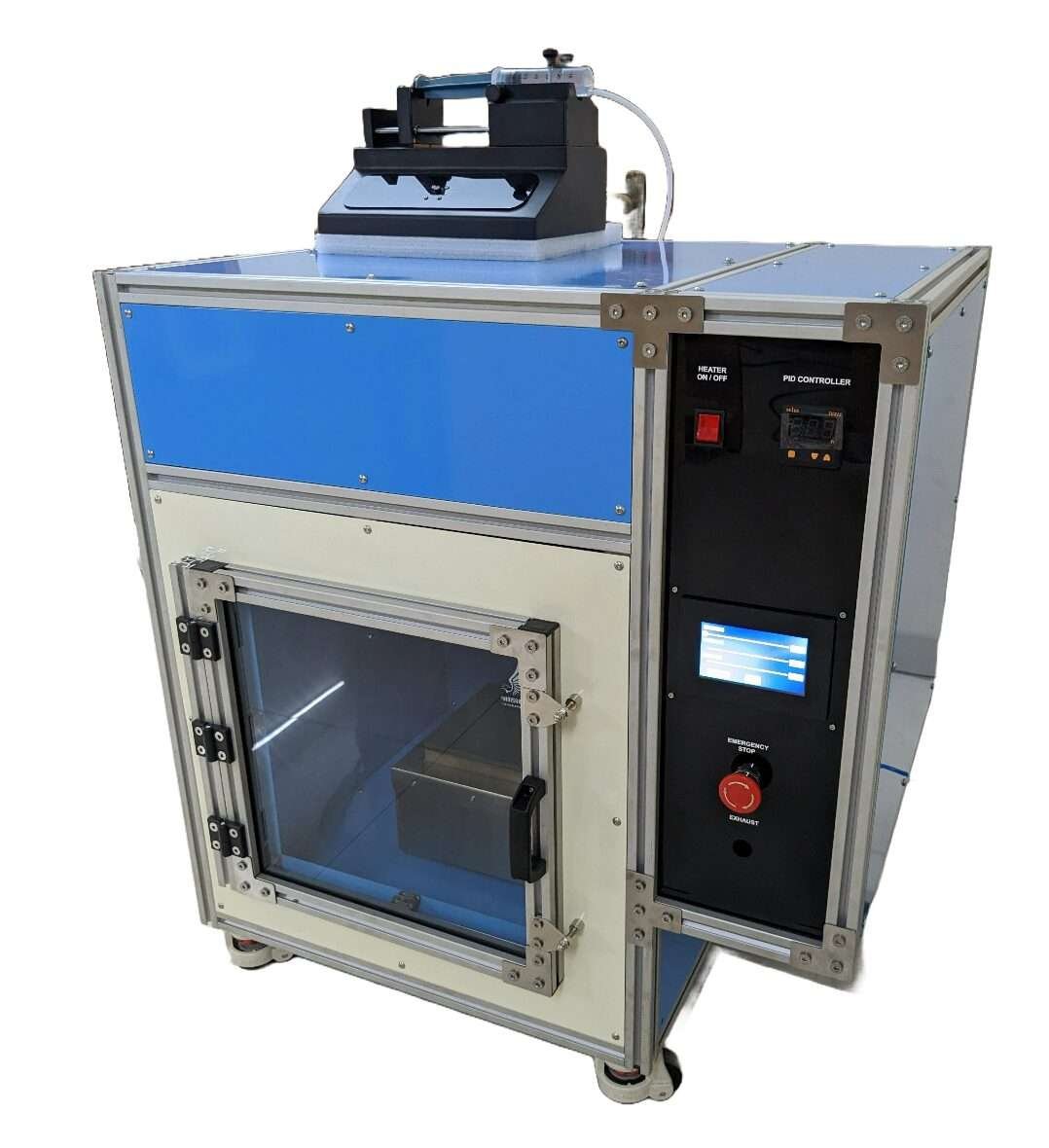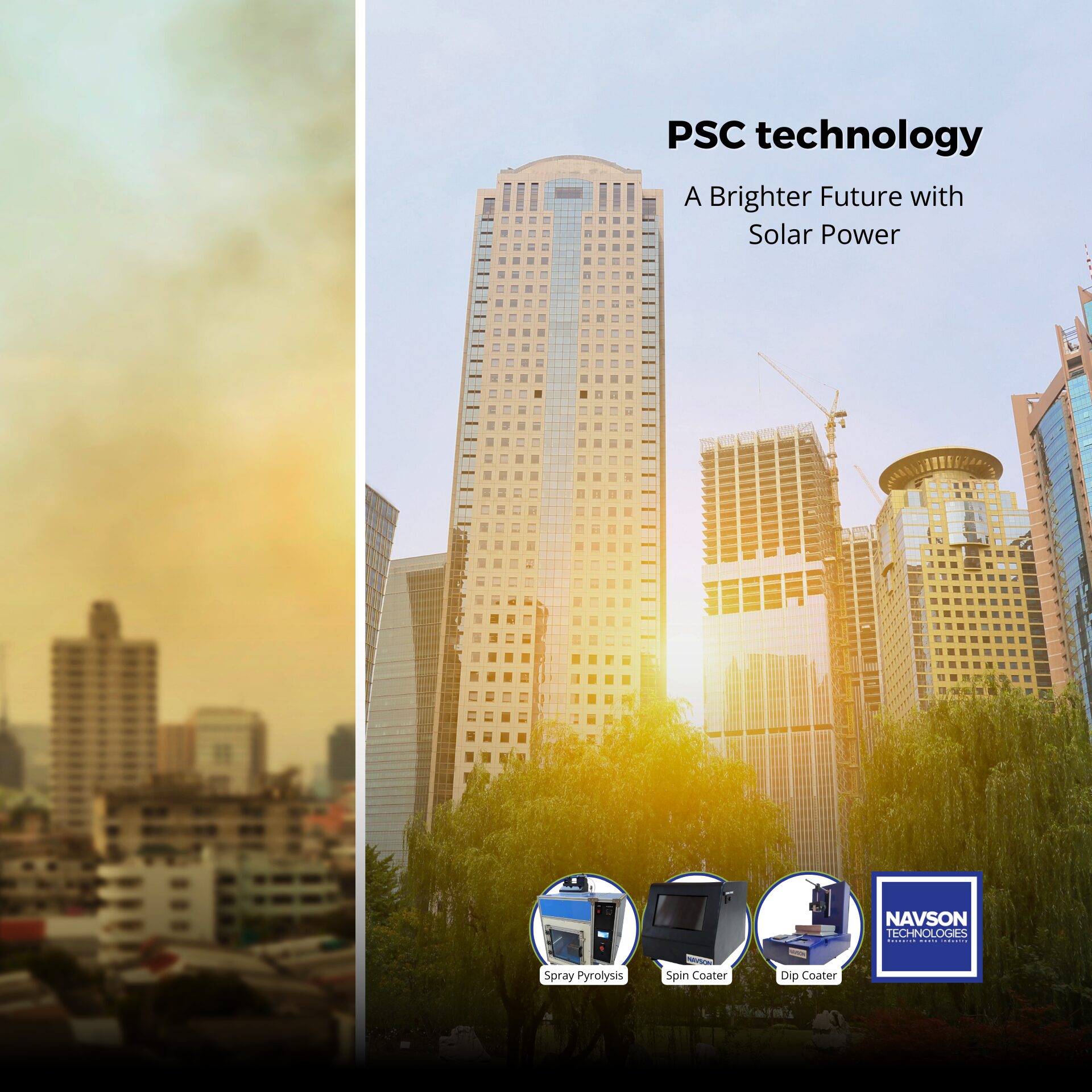Nano-engineered Materials: The Future of Household Products Like stain removers!
Nanotechnology is the manipulation of matter on an atomic and molecular scale. In the field of nanotechnology, materials engineered on the nano scale are known as nanomaterials. These special properties offer benefits that are not available in natural materials, and that makes them useful in new and emerging applications. Not only do these engineered nano-materials impart improved performance over their non-nano counterparts, but they also cost less to make — which means manufacturers can charge less for their products while still making a profit. Here new scientific lab equipment like the spray pyrolysis are also making a big contribution.
Nanomaterials in the manufacturing of eco-friendly household cleaners
Nano-materials can be used to create a wide range of household cleaning products, including soaps, detergents, and shampoos. Products like these are generally formulated with ingredients like ethoxylated alcohols, ethoxylated alkylphenols, ethoxylated fatty acids, ethoxylated fatty amines, and ethoxylated fatty amides. These types of ingredients are problematic from both an environmental and health perspective. For example, ethoxylated alcohols have been linked to skin irritation, decreased immune function, and liver damage. Ethoxylated alkylphenols have been found to have estrogenic properties and ethoxylated fatty acids are a known skin and eye irritant.

The Spray Pyrolysis Equipment NTPY01

Environmentally Friendly Cleaning Supplies.
Cleaning products use solvents, degreasers, and stain removers. These products are formulated with ingredients like alpha olefin sulphonate, beta hydroxy ethyl acetate, carbonate ethoxylate, ethoxylated carboxy methyl cellulose, hydroxy ethyl cellulose, and propylene glycol n-butyl ether. While these chemicals do the job well, they can also have harmful side effects on people and the environment. For instance, hydroxy ethyl cellulose is a known eye and skin irritant. Propylene glycol n-butyl ether is listed as a possible human carcinogen. Carbonate ethoxylate can cause skin irritation and propylene glycol n-butyl ether can cause damage to the central nervous system.
Nanoscale materials exhibit different properties and advantages compared to the larger-scale original material. These materials like ethylene glycol, trideceth-9, and trilauryl citrate are used to create cleaning products with a more eco-friendly profile. Ethylene glycol is used as an anti-foaming agent, emulsifier, and solvent. Trideceth-9 is used as an emulsifier and trilauryl citrate is used as a wetting agent. While these chemicals are not as harmful compared to their ethoxylated counterparts, they are still harmful to the environment.
Nano-engineered Materials For Household Products
Nanomaterials are used for improved health, better use of natural resources, and reduced environmental pollution. In addition to being safer for people and the environment, nanoscale cleaning products are more efficient than their ethoxylated counterparts, which allows manufacturers to reduce their product’s overall chemical content and cost. This means consumers can purchase environmentally friendly cleaning products with improved health benefits at a lower price point.
From a sustainability perspective, nanoscale cleaning products also represent a significant improvement over their ethoxylated counterparts. This is primarily due to the fact that they require fewer raw materials (for example, less ethylene glycol and trideceth-9 are needed to create the same amount of anti-foaming or emulsification compared to ethoxylated versions of these chemicals). This makes them more cost-effective to produce.
Commonly asked questions
- new emerging technologies
- applications of nanomaterials
- nanoscience and nanotechnology
- nanotechnology in food
- nanotechnology in electronics
- nanotechnology in dentistry
- nanotechnology in textiles
- nanotechnology in biotechnology
- nanotechnology in engineering
- nanotechnology in physics
- nanotechnology in robotics
- use of nanomaterials
Most used lab equipment
- spin coating machine
- magnetic stirrer hot plate
- dry bath incubator
- laboratory fume hood
- laboratory water bath
- orbital shaker incubator
- centrifuge machine
- laboratory colorimeter
- laminar air flow cabinet
- laboratory microscopes
- lab weighing balances
- ph meters for lab
Spray Pyrolysis Process: Unveiling a World of Advance Materials CNTII02
Perovskite Solar Cells Research with Cost-Effective Spray Pyrolysis CNTII02P1
Best Spin Coating Machine Manufacturer In India – Navson Technologies – CNTII01
Solar Cells Science Lighting Up Brighter Energy Future – CNTII01
Spin Coater Magic Not Required In Alchemy of Ultrasound and Nanoemulsions
The Joyful Lifestyle Scribe
Hey there! I’m Geeta, a wordsmith of sorts who loves to read, write, and share all things about sustainable living. Aside from a career as a content specialist, I like to weave tales about embracing a healthier, happier lifestyle. My pen dances to the rhythm of eco-friendly choices that you would assumingly like too, and the joy of living well. Let’s explore the journey to a greener, more fulfilling life together!

Disclaimer: Content on this site is provided for general informational and educational purposes only and is not a substitute for professional advice. It’s not a substitute for professional advice. So, before making any big decisions, always consult with the experts in the specific field. We’re here to spark curiosity and inspire, but your best bet is to get personalized guidance for your unique situation. Stay awesome and informed!





